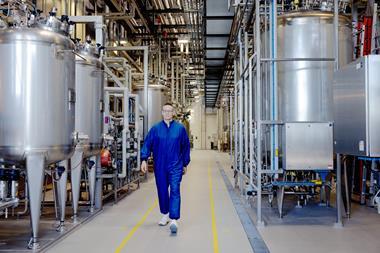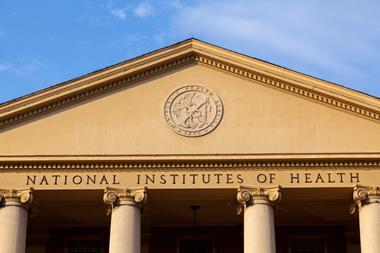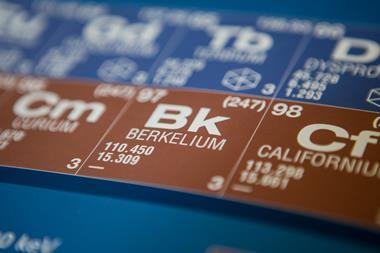A recent report from US scientists concludes that biologically inspired sensors and lab-on-a-chip devices will be at the heart of future counter-terrorism technologies.
A recent report from US scientists concludes that biologically inspired sensors and lab-on-a-chip devices will be at the heart of future counter-terrorism technologies. Researchers at the State University of New York at Binghampton compared how effective different techniques were for detecting chemical and biological weapons (CBWs), including the nerve gas Sarin and infectious agents such as Anthrax, Ebola and Smallpox.
Analytical scientist Omowunmi Sadik argues that effective CBW detectors must be rugged, fast and sensitive. Conventional techniques, such as chromatography or cell-culturing, can be used but are slow and require specialist knowledge.
Electrochemical biosensors are simpler and can be extremely selective, thanks to their protein-like specificity. Nanotechnology also has a lot to offer: miniaturisation shortens analysis times and could potentially speed up sample throughput.
As part of their ongoing ’war on terror’ the US government is investing billions of dollars in developing CBW monitoring for both civilian urban areas and military battlefields. ’In the future, the development of analytical devices for public security could find major use as "early-warning" devices, capable of intelligent identification and classification of chemical and biological agents’, Sadik explains.
Ian Farrell
References
O A Sadik, A K Wanekaya and S Andreescu , J. Environ. Monit., 2004 (DOI: 10.1039/ <MAN>b401794n</MAN>)






No comments yet